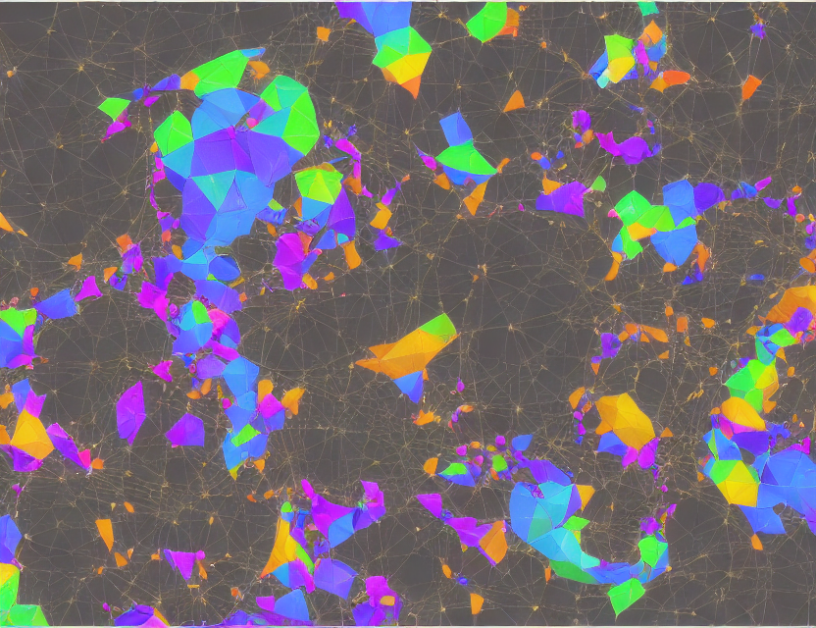In this article, researchers from different universities collaborated to develop a novel method for generating dolphin whistles using a low-resource approach. The team used a generative adversarial network (GAN) to create a few-shot learning model that can generate high-quality dolphin whistle signals with minimal training data.
To understand how this works, imagine you are trying to teach a robot to recognize different animal sounds. Just like how you need to show a picture of an apple to a child to help them learn what it looks like, the GAN uses a limited number of examples (or "shots") of dolphin whistles to train the model. By doing so, the model can learn to recognize and generate new whistle sounds with minimal data, much like how you can teach a child to identify different objects by showing them just a few examples.
The researchers tested their method on real dolphin whistle recordings and demonstrated that their approach outperformed existing methods in terms of accuracy and efficiency. They also showed that their model can generate new whistle sounds that are similar to those found in the training data, indicating that it can create a diverse range of whistles.
The key insight behind this work is that by using a GAN, the researchers could train a model on a small number of examples and still generate high-quality whistle signals. This has important implications for future studies in this field, as it shows that even with limited data, machine learning models can be effective at generating dolphin whistles.
Overall, this article presents a creative solution to the challenge of generating dolphin whistles using a low-resource approach. By harnessing the power of GANs, researchers were able to create a few-shot learning model that can generate high-quality whistle signals with minimal data, which has important implications for future studies in this field.
Unifying Embeddings for Face Recognition and Clustering



